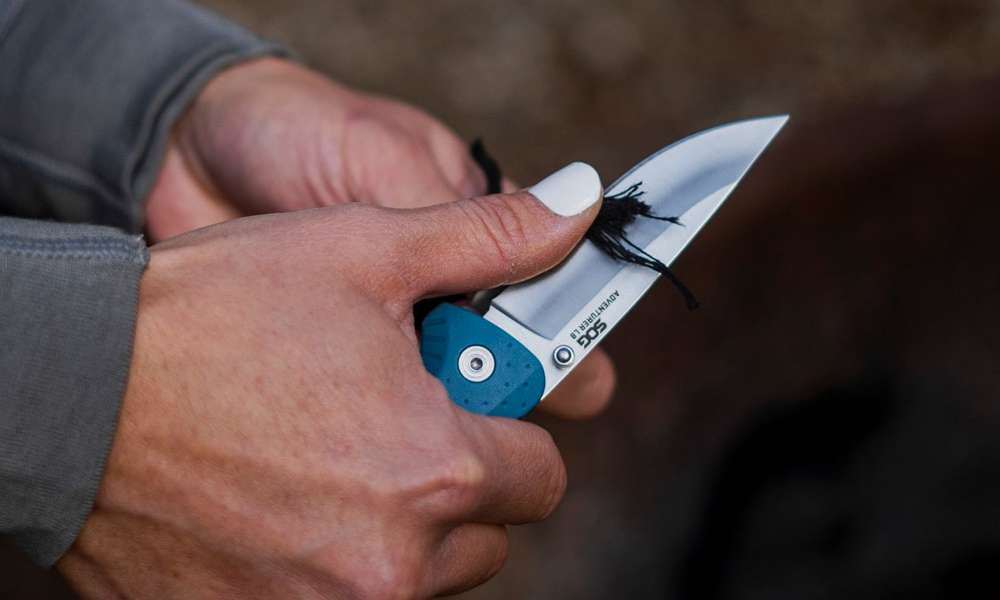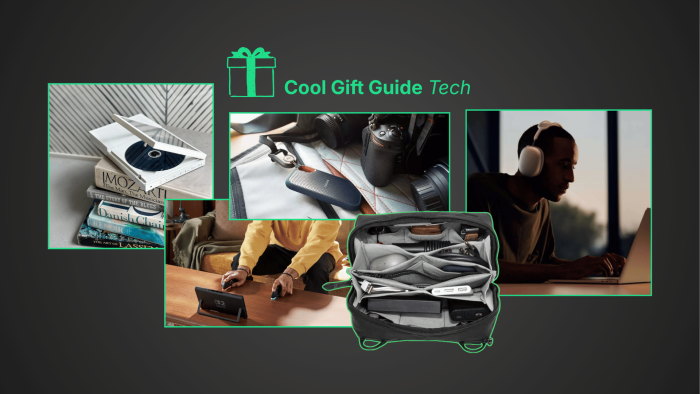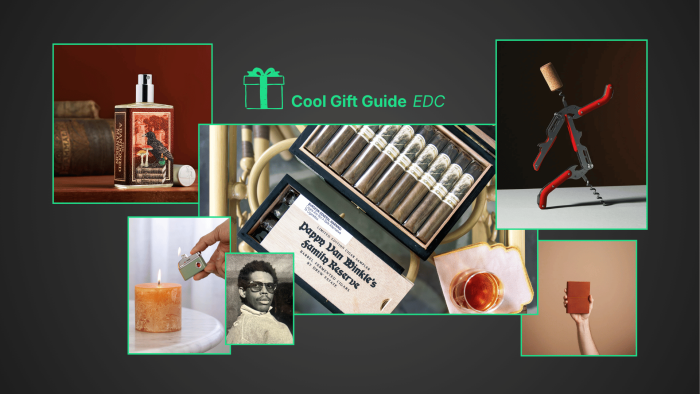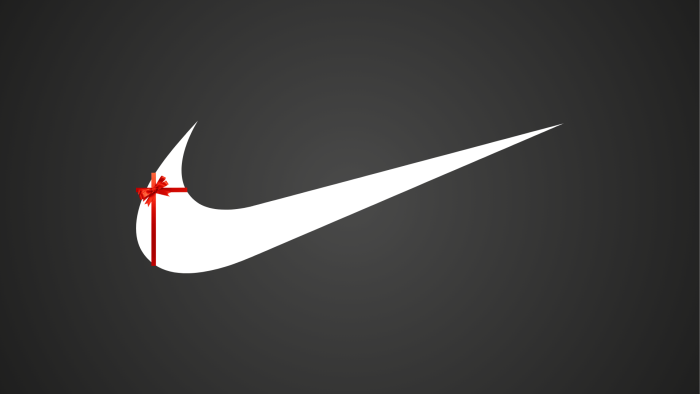Personal knives have been an essential everyday tool for millennia for people around the world. This tradition continues today, but in a world of technology overdose, it’s not nearly as pervasive as it was a century ago. The good news is that you don’t have to be a solider, a hunter, a tradesman, or a bushcrafter to make use of a good blade. Along with that, pocket knives have evolved tremendously in terms of materials, blade shapes, folding and deploying mechanisms, as well as the types of knives available for sale.
I get a lot of weird looks when I take out my automatic folding knife to perform tasks like opening boxes, cutting string, and slicing up fruit. Someone remarked just the other day, “Uh, why on earth do you carry that thing around?” My response is usually involves my past life in law enforcement and that I’m a creature of habit. But I also tend to just say, “I use it all the time. It makes life easier.” Ever since I worked in federal law enforcement, I have carried a knife with me just about everywhere I go, as long as it’s legal to do so. One of my instructors at the law enforcement academy said, “Always carry a knife with you, and you’ll be prepared for just about anything.” Over the years, I have found this advice to be invaluable.
How I Got Started
My first EDC folding knife was pretty basic. I bought it off the internet back in 1997 when I started working for the federal government. The knife was a Spyderco Delica, one of the first models released by the brand. Modestly-sized with a sub-3-inch steel blade, a fiberglass reinforced handle, and a pocket clip, it was a great no-nonsense starter knife. I found myself using it for just about everything, including trimming rubber car parts, cutting small portions of drywall, and some minor medical self-care. I ended up breaking the tip off using too much prying force, so it had to be retired. I currently have about ten knives in my small collection, amassed over the course of many years. Some knives have come and gone, whether due to misplacement, theft, or just wear and tear. Ten blades might seem like overkill to some, but it’s actually a modest collection compared to the wider world of EDC enthusiasts out there.
Today, my knife array includes folding knives from CRKT and SOG with blades under 3 inches, Esee and Gerber fixed blade knives for camping and bushcrafting, a French laguiole and a wood-handled Opinel for cutting food, and my usual everyday carry, a Kershaw straight edge automatic folder. I also own a super-light and thin Boker titanium Urban Trapper to carry on the inside pocket of suit jackets. Yes, I have a knife for almost every occasion. Knife guys are like that.
What Tasks Can be Performed With a Folding Knife?
There are so many things you can do with a good everyday carry folding knife that it would be laborious to itemize everything. It’s also important to note that the length, shape, grind, and thickness of the blade, as well as the handle and locking mechanism (if present) make a difference as to what tasks you can perform. In terms of basic tasks, a good knife will help you slice food, cut rope and string, turn a small screw, pry a panel, open boxes, trim excess thread, cut wrapping paper, remove a splinter, make kindling for fires, open a tin can — the list goes on. The point is, there’s so much you can do with a good folder, and it’s way better than searching for a pair of scissors, which no one ever seems to have handy when they’re needed.
Some might call it obsessive. I like to call it prepared. Sure, if you’re not used to carrying one on your person on a regular basis, you won’t know what you’re missing. But once you start carrying a folding knife on you, the list of things you can do with it will grow. You’ll wonder what you ever did without one. On the rare occasions when I forget to put my knife in my pocket, I feel naked and unprepared for the day. When I travel and don’t check a bag, I’m also SOL. I might go so far as to buy a cheap throwaway folder from a gas station for ten bucks, but I won’t do anything serious with it because the steel is typically not great. Finally, although carrying a knife is more about utility for me than it is about self-defense, it’s also good to have something more than fists and harsh language to ward off potential attackers. Granted, you’ll need to know a little bit about knife self defense before you’re ready to use it, but it’s better to have and not need than to need and not have.
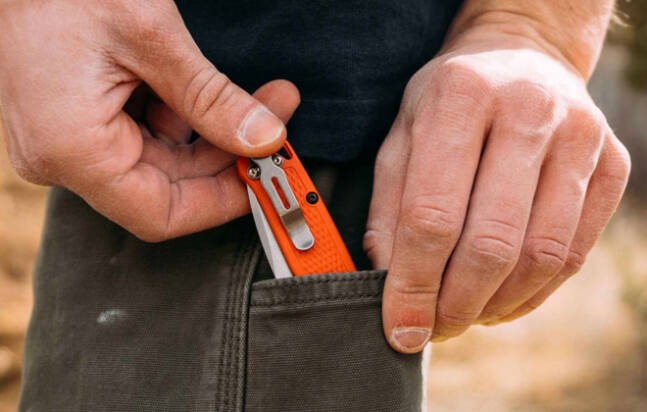
What Kind of Knife is Best for Everyday Carry?
There are so many types of knives, so we’ll just narrow it down to the most generally useful type of blade for daily carry. First of all, a folding knife that’s less than 3 inches in length will help you stay mostly legal in the 50 states. If you want to be 100 percent sure, go with a 2.5-inch blade. It’s not that law enforcement looks for knife carrying individuals, but if you end up in a pickle and the cops come, it’s best to be legal.
Second, the knife should have a locking mechanism that keeps the blade secure while using it. Friction knives only keep the blade in place during light use and close if enough pressure is used on the top of the blade. A good locking mechanism allows you to perform more challenging tasks and will reduce your chance of injury. If your blade has a thumb grooves at the top of the blade near the handle, that much better. You can crank down on the knife for cutting duties more than a blade without one because the thumb grooves help prevent slippage.
Third, make sure the blade steel is of good quality. It should do well in three areas:
- Edge-Retention: the blade’s ability to take on and retain a sharp edge
- Toughness: the blade’s resistance to chipping, breaking, or shattering when encountering drops or impacts
- Corrosion-Resistance: the blade’s resistance to rust when exposed to moisture.
Look for stainless steels such as 8Cr13MoV or VG-1, which aren’t expensive and strike a good balance in all three of the aforementioned areas. Steel with high carbon content tend to be great for rigorous field duty since they’re tough and hold a sharp edge well, but they’re susceptible to corrosion more than stainless steel. They require a bit more maintenance and tend to cost more.
Fourth, look for a handle (aka, scales) that’s ergonomic, resilient, and grippy. Don’t look for something that just looks good. Just as much as the blade material matters, so does the handle material. Cold metal or shiny wood won’t keep your hand in place when you’re cutting thick rope or hacking away at a small tree branch. Other materials like bone, horn, and antler might not work well if they have shiny surfaces. Plus, they are prone to cracking or degradation. Those materials were used back in the day because they were readily available in the field. Modern materials are far better. Materials such as G-10 and Fiberglass Reinforced Nylon (FRN) work remarkably well because they’re generally tough, grippy, and highly moisture and warp resistant. Micarta is great, but due to its many linen layers, it’s also not great when it gets exposed to moisture for long periods of time. Micarta is also pricey because of the involved manufacturing process. Carbon fiber is tough and grippy, but it’s expensive. Furthermore, a handle that falls nicely in the hand and fits your closed hand well is one that should stay in place when you’re using the knife.
Fifth, choose one with a good pocket clip. Many folders come with a pocket clip attached to one of the scales, so it secures a the top of your pants pocket, in a backpack pocket, or inside a tool bag. This prevents you from losing it, and it keeps it from jostling around in your pocket. Many blades have reversible clip which can be detached from one side and moved to the other which allows the wearer to put it in the preferred pocket and deploy quickly.
Finally, choose a blade shape that’s versatile and rugged. The classic drop-point blade is one of the best, and I swear by it. The drop-point has a convex spine that curves downward from the handle toward the tip of the blade. The tip isn’t so narrow that it reduces pry strength, but it has enough of a point for some detailed and controlled work. The breadth of the drop-point blade is also conducive to slicing, and it’s strong enough for piecing. It’s a great generalist blade shape that’ll will work well in most everyday situations.
At the end of the day, you should take the knife that’s right for your needs in terms of size, materials, and style. The point of carrying a knife is that it becomes a tool to make your life easier, as well as to help others. You don’t have to spend a lot of money to get a good blade, but avoid buying one at the counter of a convenience store if you don’t have to.
Great Everyday Carry Folding Knives
You can find a solid EDC pocket knife for under $30 if you’re looking for something affordable and durable. There is a wide world of options out there from reputable pocket knife brands (and there are even some quality knives you can buy on Amazon), however, once you learn what you end up using your knife for the most.
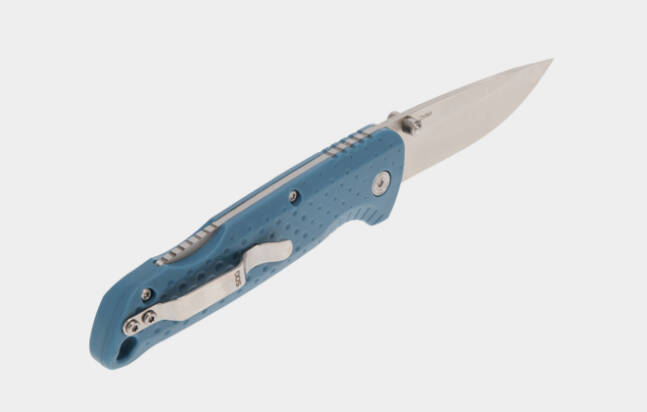
Buy Now $21.95
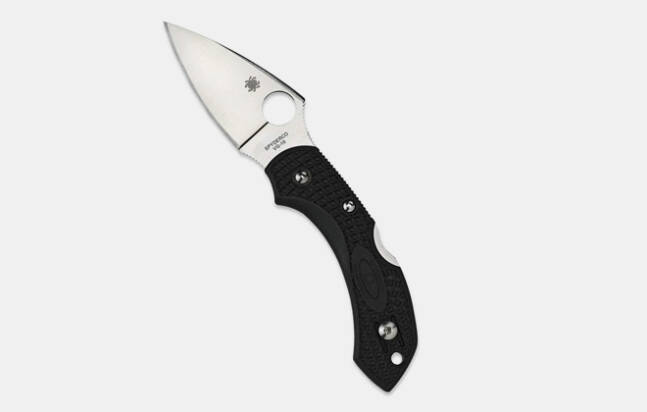
Buy Now $63
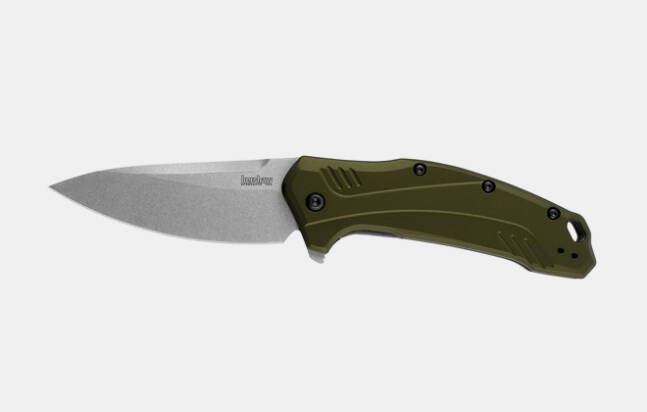
Buy Now $82
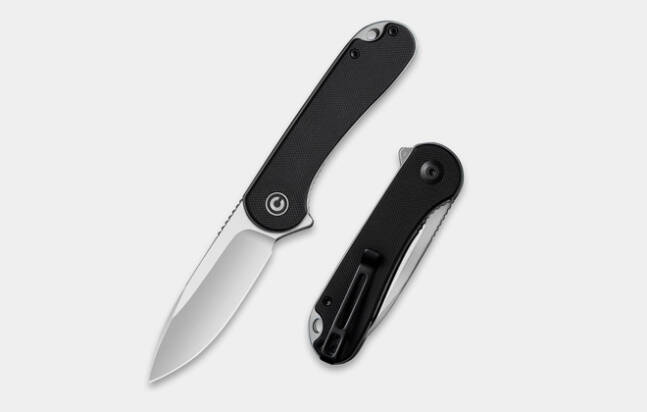
Buy Now $50
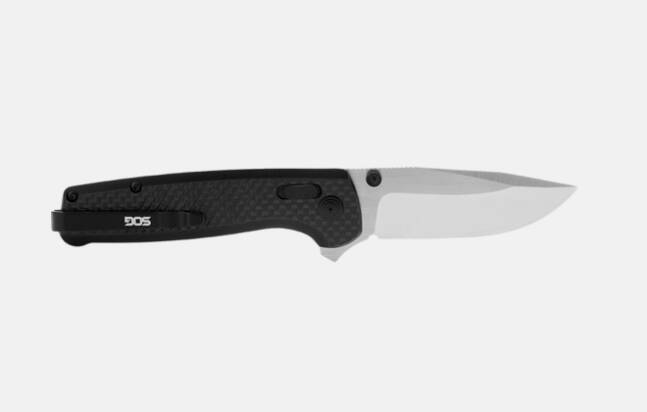
Buy Now $100
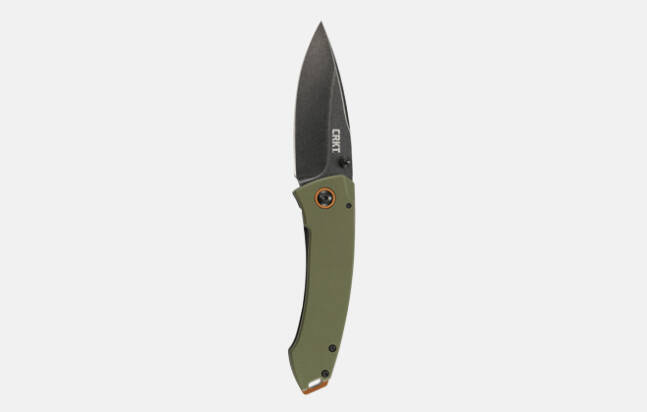
Buy Now $60
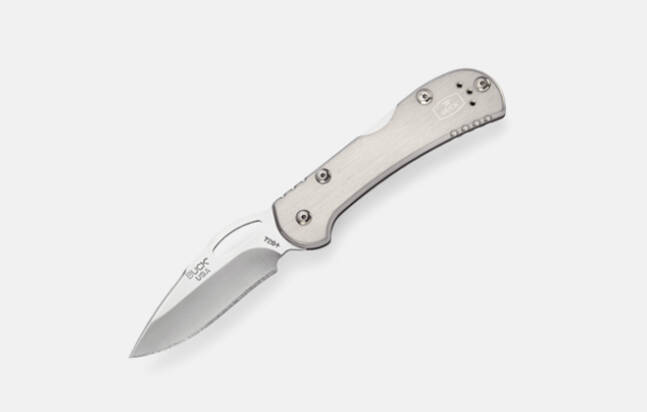
Buy Now $45
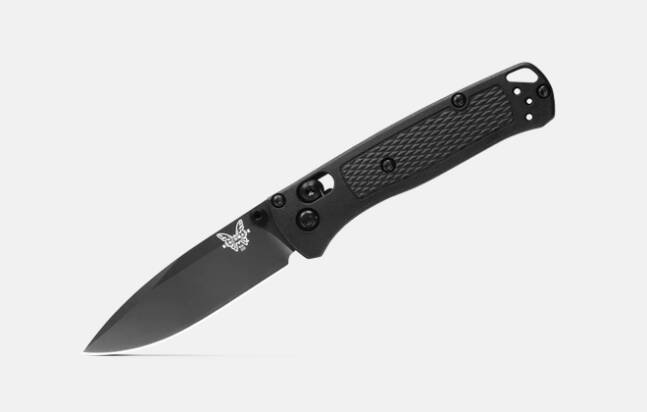
Buy Now $180

